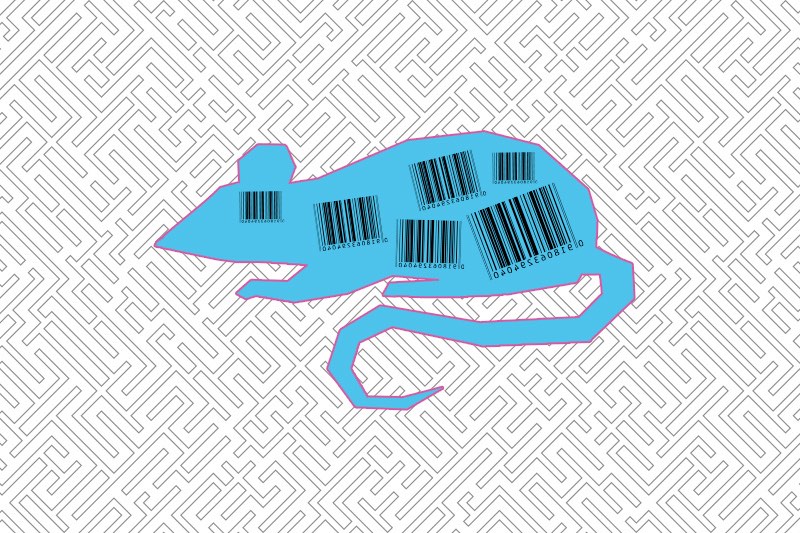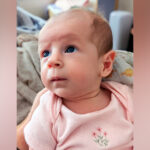Tracking an organism’s development, cell by cell

A new mouse model allows scientists to track every cell in the body — from the embryo stage until adulthood. The system is the first of its kind and should yield a greater understanding of development, aging, and disease. Scientists described it last week in the journal Cell.
“The dream of many developmental biologists for decades is a way to reconstruct every single cell lineage, cell-by-cell, as an embryo develops, or as a tissue is built up,” says Fernando Camargo, PhD, of Boston Children’s Hospital’s Stem Cell Research Program. “We could use this mouse model to follow an organism’s entire development.”
Camargo and co-senior investigator Sahand Hormoz, PhD, of Dana-Farber Cancer Institute/Harvard Medical School, led the team that created the model. The team used a method they call CRISPR Array Repair Lineage tracing, or CARLIN. Using “barcoding” and CRISPR gene editing, the model reveals both cell lineages — a cell “family tree” — and what genes each cell turns on or off over time.
Live single-cell tracking with barcodes
Previously, scientists could trace only small groups of cells in mice using dyes or fluorescent markers. While tags or barcodes have been used in the past, scientists had to know markers in advance to isolate different cell types. Or they had to extract cells from the body and manipulate them, potentially changing their properties.
The advent of CRISPR has enabled researchers to barcode cells without altering them and to follow the lineage of thousands of cells at once. Using an inducible form of CRISPR, the new system allows researchers to create up to 44,000 different identifying barcodes at any point in a mouse’s lifespan.
Researchers can then read out the barcodes with another technology called single-cell RNA sequencing. This gives information on thousands of genes that are turned on in each cell, profiling the cells’ identity and function.
Understanding development, disease, and aging
As a test case, Camargo, Hormoz, and colleagues used the new system to track blood development in the embryo, getting new insights, and to watch how blood cells are replenished in adult mice after chemotherapy.
But the researchers believe their system could also help reveal what changes happen in cellular lineage trees during disease and aging. Moreover, the system could record responses to environmental stimuli like nutrient intake and exposure to pathogens.
“Being able to create single-cell lineage maps of mammalian tissues is unprecedented,” says Camargo. “Besides its many applications in developmental biology, our model will provide important insight on the cell types and hierarchies that are affected as organisms respond to injury and disease.”
Camargo is also a member of the Harvard Stem Cell Institute. Sarah Bowling, PhD, of the Camargo lab and Duluxan Sritharan of the Hormoz lab, were first authors on the paper.
The study was supported by the Natural Sciences and Engineering Research Council of Canada, EMBO, the National Institutes of Health, the Leukemia and Lymphoma Society, the Howard Hughes Medical Institute, and the Harvard University William F. Milton Fund.
More research from Boston Children’s Hospital
Related Posts :
-

A case for Kennedy — and for rapid genomic testing in every NICU
Kennedy was born in August 2025 after what her parents, John and Diana, describe as an uneventful pregnancy. Soon after delivery, ...
-

The journey to a treatment for hereditary spastic paraplegia
In 2016, Darius Ebrahimi-Fakhari, MD, PhD, then a neurology fellow at Boston Children’s Hospital, met two little girls with spasticity ...
-

New research paves the way to a better understanding of telomeres
Much the way the caps on the ends of a shoelace prevent it from fraying, telomeres — regions of repetitive DNA ...
-

AI-designed proteins open doors to new immunotherapies
Artificial intelligence (AI) is increasingly helping drive advances in science and medicine — including cellular signaling. In a recent study, published ...





